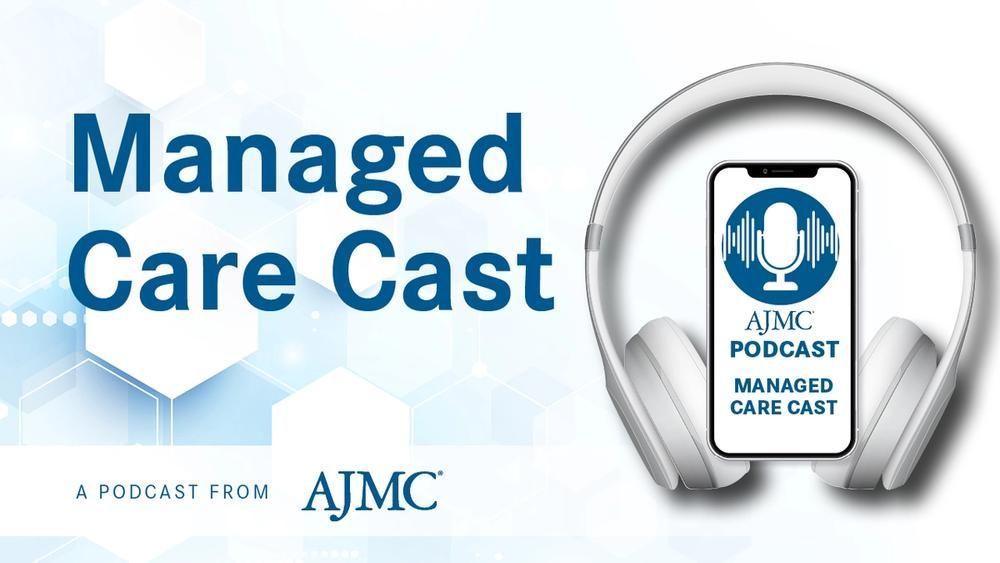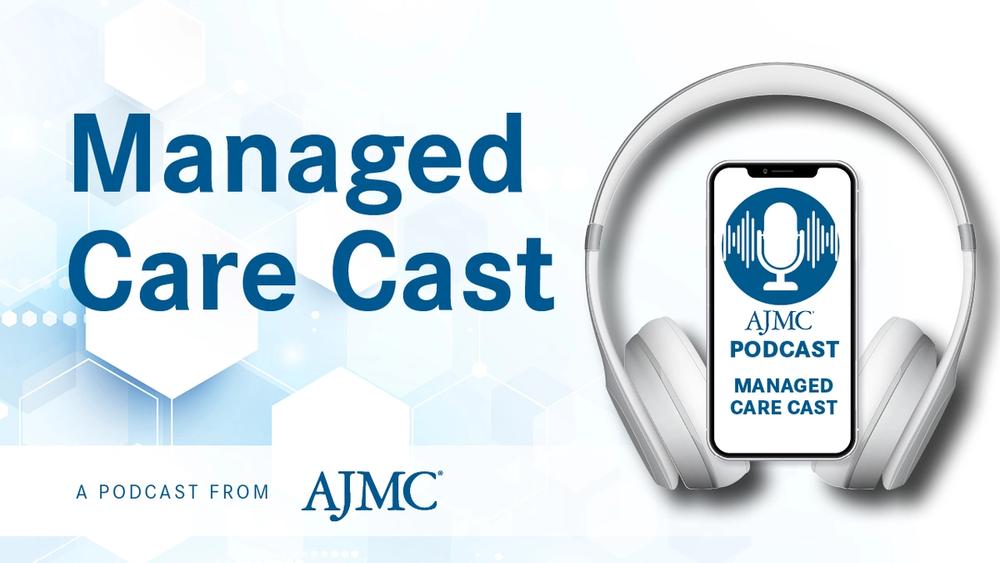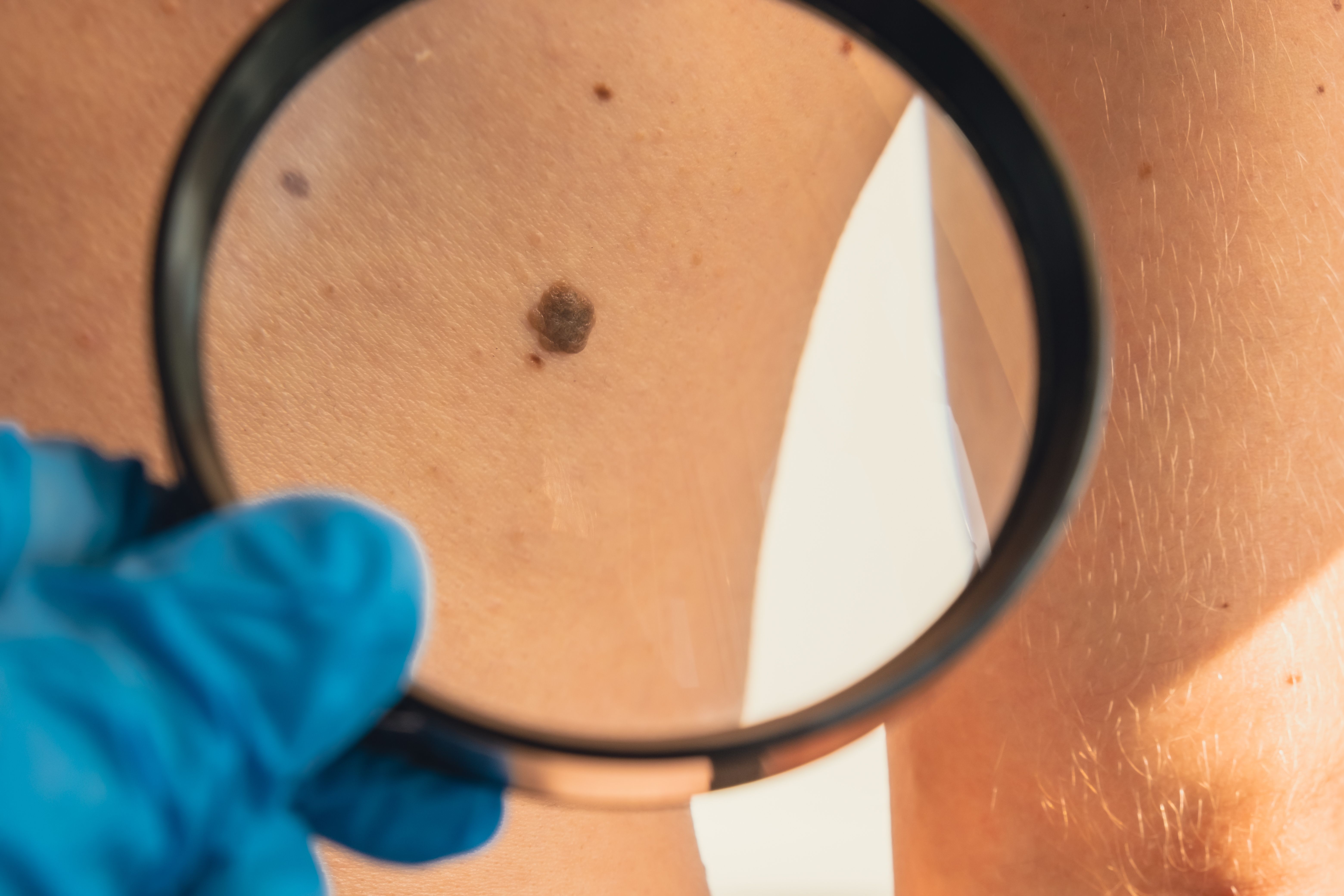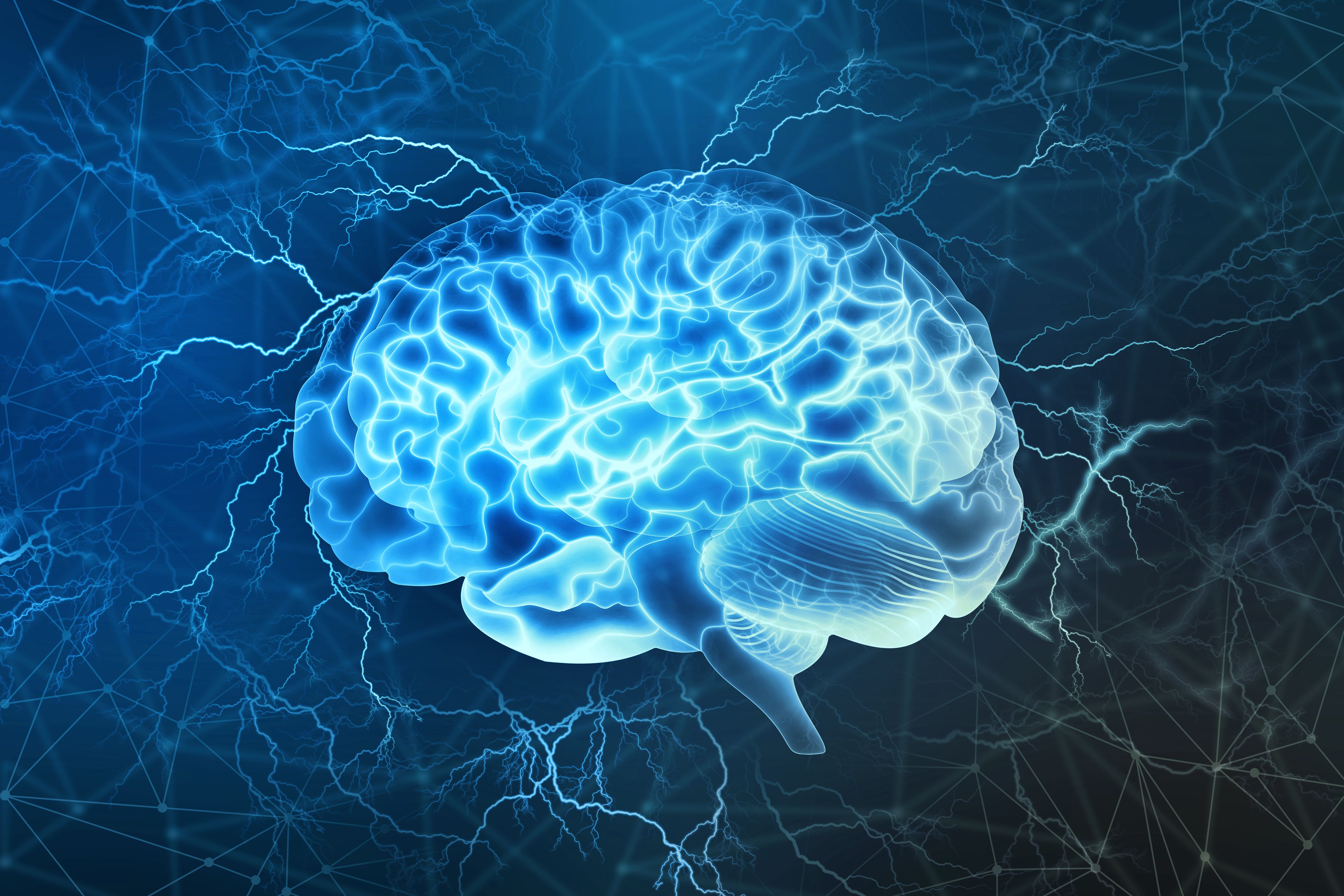News
Article
Study Reveals Gaps in Migraine Diagnosis, Treatment for Black and Hispanic Children
Author(s):
Non-Hispanic Black and Hispanic/Latino children were also significantly less likely to receive brain MRI scans compared with their non-Hispanic White peers.
Study findings underscore the need for further investigation and targeted efforts to address disparities in pediatric headache care.
Image Credit: Rawpixel.com-stock.adobe.com

Children and young people who are Black or Hispanic are less likely to be diagnosed with migraine compared with their White peers when seeking emergency care for headaches, according to a new study published in Neurology.1 The research also found that Black and Hispanic children received fewer diagnostic tests and less intensive treatment.
“Migraine is disabling and can significantly impact a young person’s quality of life, leading to problems in school performance, social activities, and more,” study author Marissa Maliakal Anto, MD, MSc, of the University of Pennsylvania, said in a statement.2 “Without a proper diagnosis, medications that can help reduce migraine may be delayed. Unfortunately, our study found racial and ethnic disparities in the diagnosis, testing, and treatment of migraine.”
The study analyzed 309,678 emergency department visits from 49 children's hospitals across the United States between 2016 and 2022.1 After excluding repeat visits, secondary headaches, and cases from hospitals with incomplete race/ethnicity data, 160,466 encounters were included in the final analysis.
The median age of patients was 13 years, with a range from 10 to 15 years, and 59.8% of the patients were female. In terms of racial and ethnic distribution, 41% of the visits were from non-Hispanic white children, 24.8% were from non-Hispanic Black children, and 26% were from Hispanic/Latino children.
Key Findings
The rates of migraine diagnoses reveal a notable disparity among children of different ethnic backgrounds. Non-Hispanic White children were more likely to receive a migraine diagnosis, with a rate of 45.5%. In contrast, only 28.2% of Non-Hispanic Black children and 28.3% of Hispanic/Latino children were diagnosed with migraines (P < .001).
Non-Hispanic Black and Hispanic/Latino children were also significantly less likely to receive brain MRI scans compared with their non-Hispanic White peers. After adjusting for various factors, including age, sex, and medical complexity, the data revealed that non-Hispanic Black children had 44% lower odds of receiving an MRI (adjusted odds ratio [aOR] 0.56; 95% CI, 0.46–0.69). Similarly, Hispanic/Latino children exhibited 46% lower odds of undergoing an MRI (aOR 0.54; 95% CI, 0.36–0.82).
There was no significant difference in the proportion of children who received no headache-related medication, with rates of 23.3% for Non-Hispanic White, 24.6% for Non-Hispanic Black, and 23.4% for Hispanic-Latino children (P = .64). However, non-Hispanic Black (aOR 1.37; 95% CI, 1.2–1.56) and Hispanic/Latino (aOR 1.54; 95% CI, 1.34–1.76) children were more likely to receive only oral medications rather than intravenous treatments, with Black children showing a 37% increased likelihood Hispanic children showing a 54% increased likelihood. Additionally, Black (20%; aOR 0.80; 95%, CI 0.66–0.97) and Hispanic (35%; aOR 0.65; 95% CI, 0.44–0.94) children had lower odds of being admitted to the hospital.
Addressing the Gaps in Care
One limitation of the study is that it focused only on children’s hospitals in the US, meaning the results may not be generalizable to other countries or non-pediatric emergency settings. However, the findings underscore the need for further investigation and targeted efforts to address disparities in pediatric headache care, according to the study.
“Headache is one of the most common symptoms at children’s hospital emergency departments,” Anto stated.2 “More research is needed to understand how disparities in migraine diagnosis, testing, and treatment affect children, teens, and young people in the long term. Research is also needed to develop interventions to reduce these inequities.”
References
1. Kellier D, Anto MM, Hall M, et al. Association of race and ethnicity with emergency room rate of migraine diagnosis, testing, and management in children with headache. Neurology. 2025;104(5). doi:10.1212/WNL.0000000000213351
2. Black, Hispanic kids less likely to get migraine diagnosis in ER. News release. American Academy of Neurology. February 5, 2025. https://www.aan.com/PressRoom/Home/PressRelease/5230





